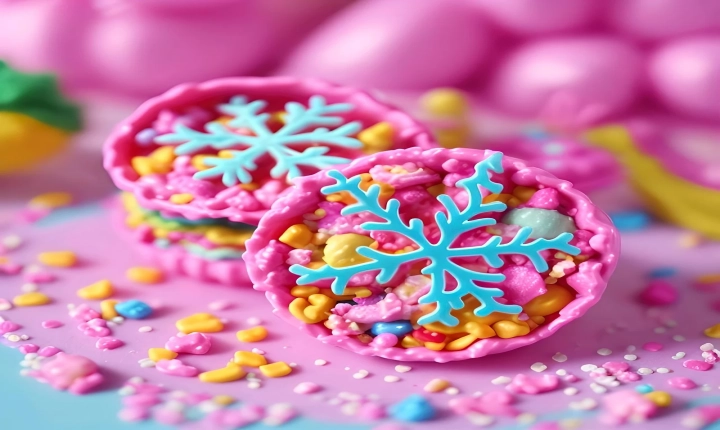AI Art: Innovation or Imitation?
Artificial Intelligence (AI) has been making significant advancements in various fields, including art. With the ability to analyze vast amounts of data and generate creative outputs, AI has sparked a debate about the value and authenticity of AI-generated art. Some argue that AI art represents an innovative leap forward in the artistic landscape, while others question its originality and merit as genuine creative expression.
One of the key points of contention surrounding AI art is the question of authenticity. Traditional art has long been associated with the individual expression and creativity of the artist, reflecting their unique perspective and emotional depth. AI art, on the other hand, is created by algorithms that have been programmed to analyze existing artworks and generate new pieces based on learned patterns and styles. This raises the question of whether AI art can truly be considered an authentic form of creative expression, or merely a replication of existing artistic works.
Proponents of AI art argue that it represents a new frontier in artistic innovation, pushing the boundaries of what is possible in the creative process. AI algorithms have the ability to analyze vast quantities of artistic data, including paintings, photographs, and other visual works, allowing them to create new art that may not have been possible through traditional methods. This opens up new possibilities for artistic exploration and can serve as a source of inspiration for human artists.
Moreover, AI art has the potential to democratize the art world by allowing people who may not have traditional artistic skills to create compelling visual works. By providing accessible tools and platforms for AI art creation, individuals can explore their creativity and produce art that may not have been achievable through traditional means. This democratization of art creation challenges traditional notions of artistic elitism, opening the door to a more inclusive and diverse artistic community.
However, critics of AI art argue that it lacks the emotional depth and personal connection that is inherent in human-created artwork. They contend that true artistic expression comes from the experiences, emotions, and unique perspectives of the artist, which cannot be replicated by a machine. Additionally, the commodification of AI art raises questions about the value of authenticity and the impact of mass-produced, algorithm-generated art on the traditional art market.
Ultimately, the debate around AI art hinges on the intersection of creativity, technology, and authenticity. While AI art represents a groundbreaking advancement in technological innovation and has the potential to democratize art creation, it also raises questions about the nature of artistic expression and the significance of human emotion and experience in the creative process.
As AI continues to evolve and integrate into the artistic landscape, it is essential for the art community to engage in ongoing dialogue and critical evaluation of AI-generated art. By exploring the implications and potential of AI art, we can gain a deeper understanding of its impact on the art world and the broader cultural landscape. Whether AI art represents a form of innovative creativity or imitation, it is clear that its emergence is reshaping the way we perceive and create art.
